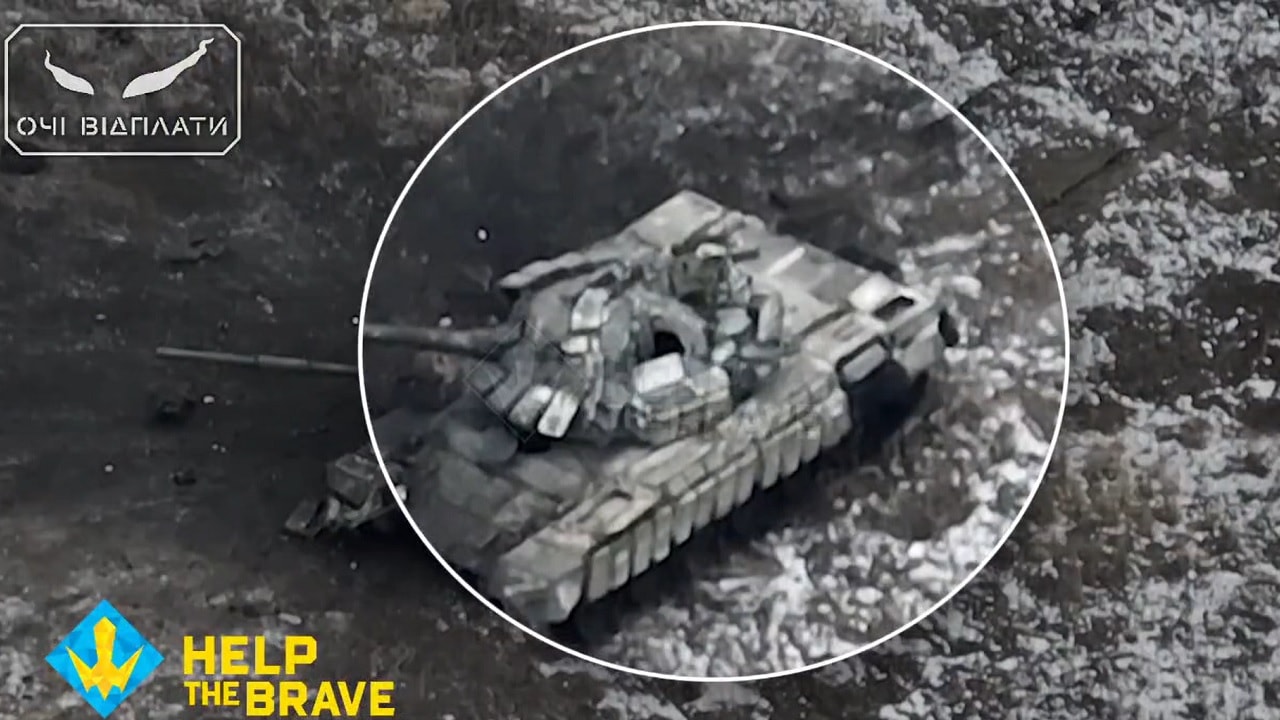Drones and loitering munitions – or what some call ‘kamikaze drones‘ – have upped the ante on warfare during Russia’s unprovoked and unwarranted invasion of Ukraine.
The small Puma hand-launched drone can surveil enemy formations on the other side of a mountain. A javelin anti-tank missile can destroy approaching enemy vehicles from elevated positions. It is the small kamikaze drone called a Switchblade that does both of these things.
Drones and Loitering Munitions in Ukraine
All of these weapons are now in Ukraine and being used with great effect against Russian invaders, yet AeroVironment’s small Switchblade has advantages.
It is a small, tube-launched miniature loitering munition that can survey a target and then descend upon and destroy the target itself. Typically, most drones simply use electro-optical/infrared (EO/IR) and infrared cameras to find targets and cue human decision-makers and weapons systems. Larger drones such as the Reaper can fire HELLFIRE missiles, but the Switchblade is a soldier portable drone munition that can launch with dismounted units facing enemy attack.
“The advantage of this type of kamikaze drone is that they are relatively much cheaper than standard air-to-ground or air-to-air missiles. According to unofficial data, the Switchblade 300 costs just $6,000, while one Hellfire air-to-surface missile costs approximately $150,000,” a Bulgarianmilitary.com report states.
Hundreds of Switchblades have been sent to Ukraine from the U.S., and the report from Bulgarianmilitary.com posted pictures showing exploded Switchblades that appear to have been used against Russian forces.
The Switchblade fits in a backpack, launches from a tube, and according to AeroVironment, there is a second Switchblade 600 anti-armor variant that can travel 80 km in 40 minutes to destroy enemy tanks and combat vehicles. Both the anti-tank Switchblade 600 and the initial Switchblade 300 are “programmable for auto-hitting targets and have the ability after takeoff the operator to change their trajectory and direct them to another target.”
Most Intelligence, Surveillance, Reconnaissance (ISR) drone-enabled surveillance at the medium and high altitude operational ranges require command and control headquarters to receive and process imagery or control the flight path, sensor payload, and mission of a drone. This would apply to drones such as the Air Force Reaper or Army Grey Eagle.
These weapons can be armed to fire missiles when directed by a human, yet they are controlled remotely from command and control centers in most instances.
Small, handheld drones, however, can function as organic elements of a maneuvering ground unit and offer an immediate, short-range tactical benefit. This applies to small drones such as the Puma, yet a Puma is unarmed. Instead of having a Puma find a target and then have an individual soldier attack it from a separate location with a Javelin, the Switchblade optimizes this mission while performing them both simultaneously.
As autonomy and AI-enabled drone flight and data collection continue to evolve, weapons such as Switchblade will increasingly be able to change course and adjust to targets while in flight as needed in support of maneuvering ground units.
Kris Osborn is the Military Affairs Editor of 19FortyFive and President of Warrior Maven – Center for Military Modernization. Osborn previously served at the Pentagon as a Highly Qualified Expert with the Office of the Assistant Secretary of the Army—Acquisition, Logistics & Technology. Osborn has also worked as an anchor and on-air military specialist at national TV networks. He has appeared as a guest military expert on Fox News, MSNBC, The Military Channel, and The History Channel. He also has a Masters Degree in Comparative Literature from Columbia University.

